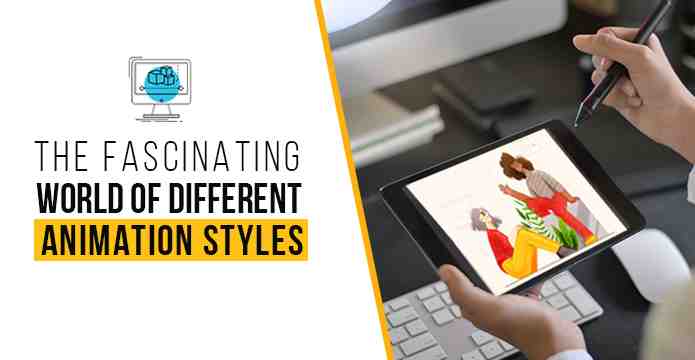Many are yet not aware of the fact that there is no such thing as a moving image. It’s a myth really, an illusion created by a phenomenon called persistence of vision. As the human eye cannot register any image in isolation if the image exists at a duration of less than 1/16th of a second, several still images of progressive action if shown at a speed of 16 or more than 16 frames per second will give the impression of movement.
This is the concept on which forms the basis of the world of animation. Animated movies are basically sketched (nowadays computer drawn) series of images where each frame depicts a fraction of the movement. Today animation is a predominant digital art and a big industry that provides employment to thousands across the world.
There are many styles in animation. We discuss six of the major animation techniques here
–
• Traditional animation
• 2D animation
• 3D animation
• Typography Animation
• Clay animation
• Sand Animation
TRADITIONAL ANIMATION
Skilled animators drew by hand each and every frame in traditional animation. It’s a fascinating approach where pencils and erasers were used to create the drawings one by one on the frame. This type of classical 2D animation would feed into plastic cells and hand painting them. Finally the animated sequence would be placed against painted background image. Old animated films such as Peter Pan, Snow White and the Seven Dwarfs, Aladdin and Sleeping Beauty are the best examples of traditional animation.
DIGITAL 2D ANIMATION
As computer technology developed animations began to be created using the computer in 2 dimensional space. This came to be known as digital 2d animation. Here it was necessary to only draw the hundreds of frames and animate them to show some kind of limited or repititive movement. Most simple animations (like the MS-Word assistant of old versions) employed digital 2D animation using softwares such as Adobe Flash. Mickey Mouse was made with 2D animation style.
DIGITAL 3D ANIMATIION
Digital 3D animation technology made the animated characters look more realistic. They are faster to create and are widely used in the film industry. Digital 3D animation is used for making short as well as full length movies and even for TV commercials. There is a huge career scope in the 3D animation category.
SAND ANIMATION.
This is a unique and artistic animation method using the skills of sand artists. On a glass-lot table sand artists draw different images. It is an arduous process involving great dedication, patience and skill. The artists have to move the sand and create different images again and again. Each image is filmed. In the post production stage the images are merged to produce movements. The process is long but the final outcome is mind-blowing.
CLAY ANIMATION
Clay animation is somewhat similar to sand animation. Only clay is uaed to create the images instead of sand. Artists may use oil based clay or water based clay to create characters in different poses and moods and a story is scripted. The clay images appear in free forms or sometimes they are attached to a wire-like structure caked armature. Then the clay characters are filmed with short movements in each frame.
Also Read: Why You Should Study Animation Course in 2020? Get Your Answer Here.
TYPOGRAPHY ANIMATION
Typography animation also known as kinetic typography refers to “moving text”. It is an animation technique text in motion to deliver intended meanings and create dynamism in a TV or digital screen. Typography animation is meant to evoke a particular idea or emotion. It is an art or style of expression with animated letters and words. We often see ON TV or digital screens Texts appearing from the right of the frame to disappear in the left, or letters disappearing from a word in bold display to be replaced by other letters. Animated typography is widely used on TV news and non-fiction shows, films (during the screening of titles). Moving text also add dynamism to the TV display making it catchy in the viewers’ eyes to keep him hooked to the screen.
There are more animation styles such as stop-motion animation, flip-book animation and puppetry animation among others. Each has its own unique approach and adds to the diversity of the world of moving images.








